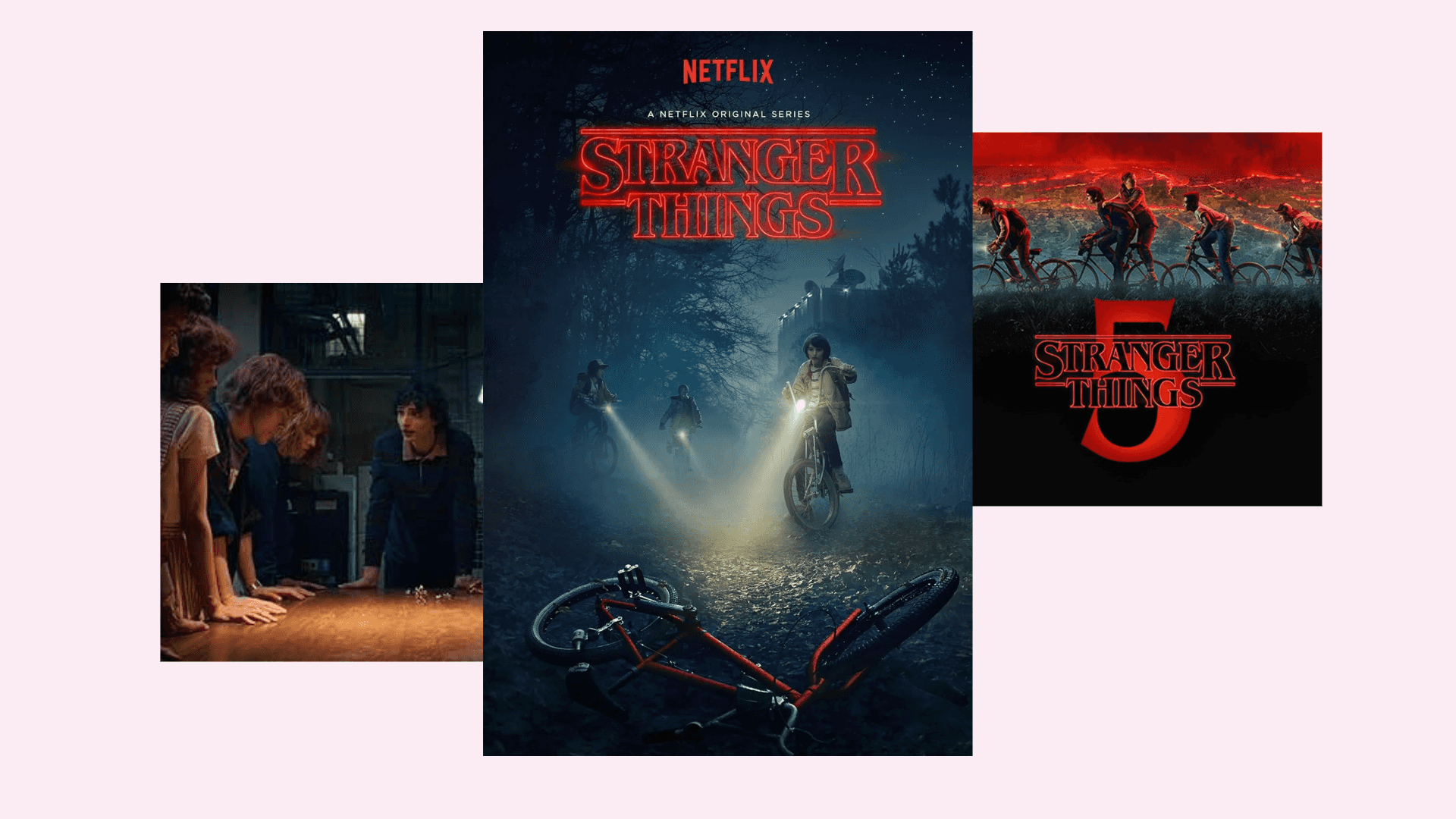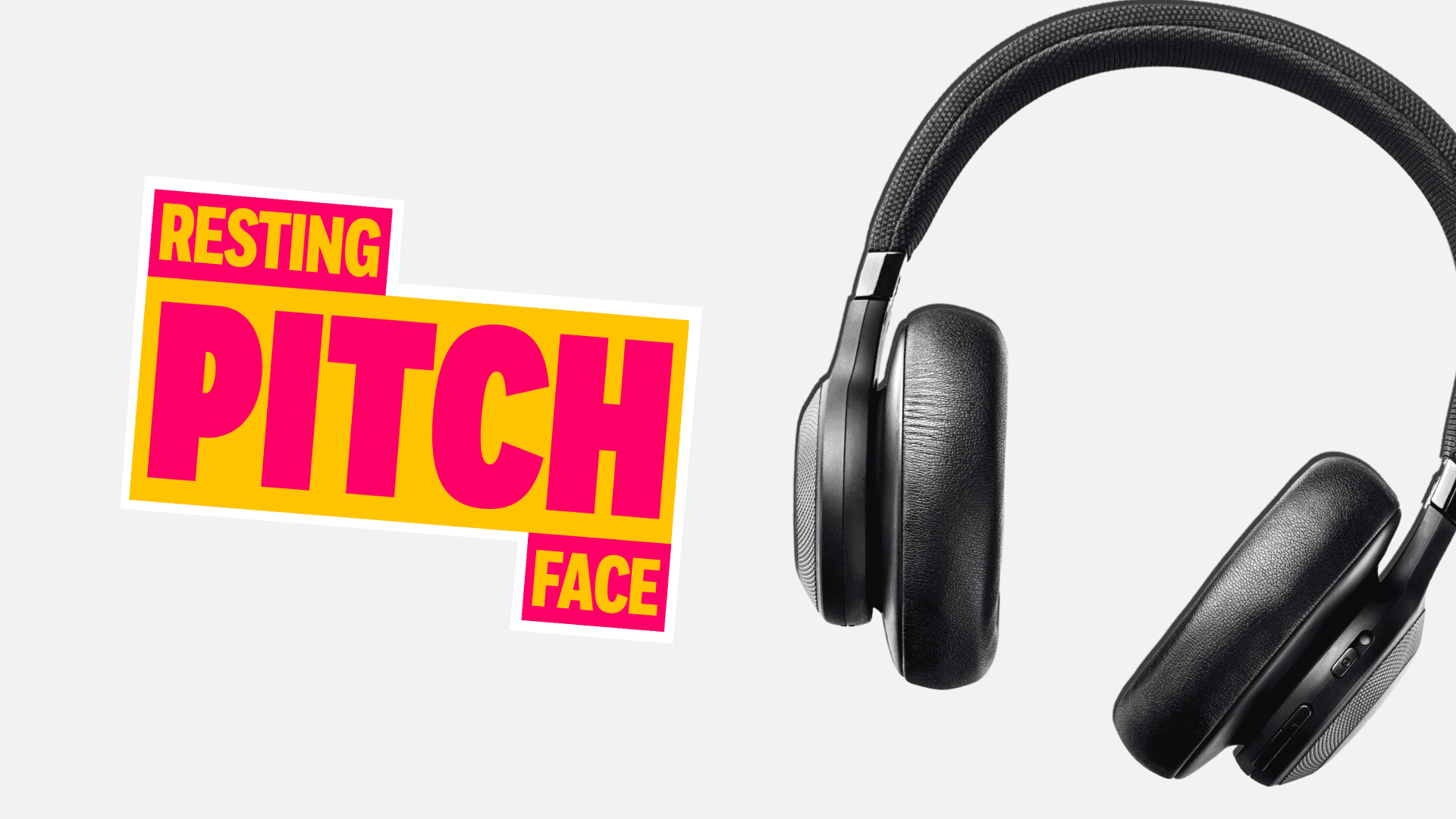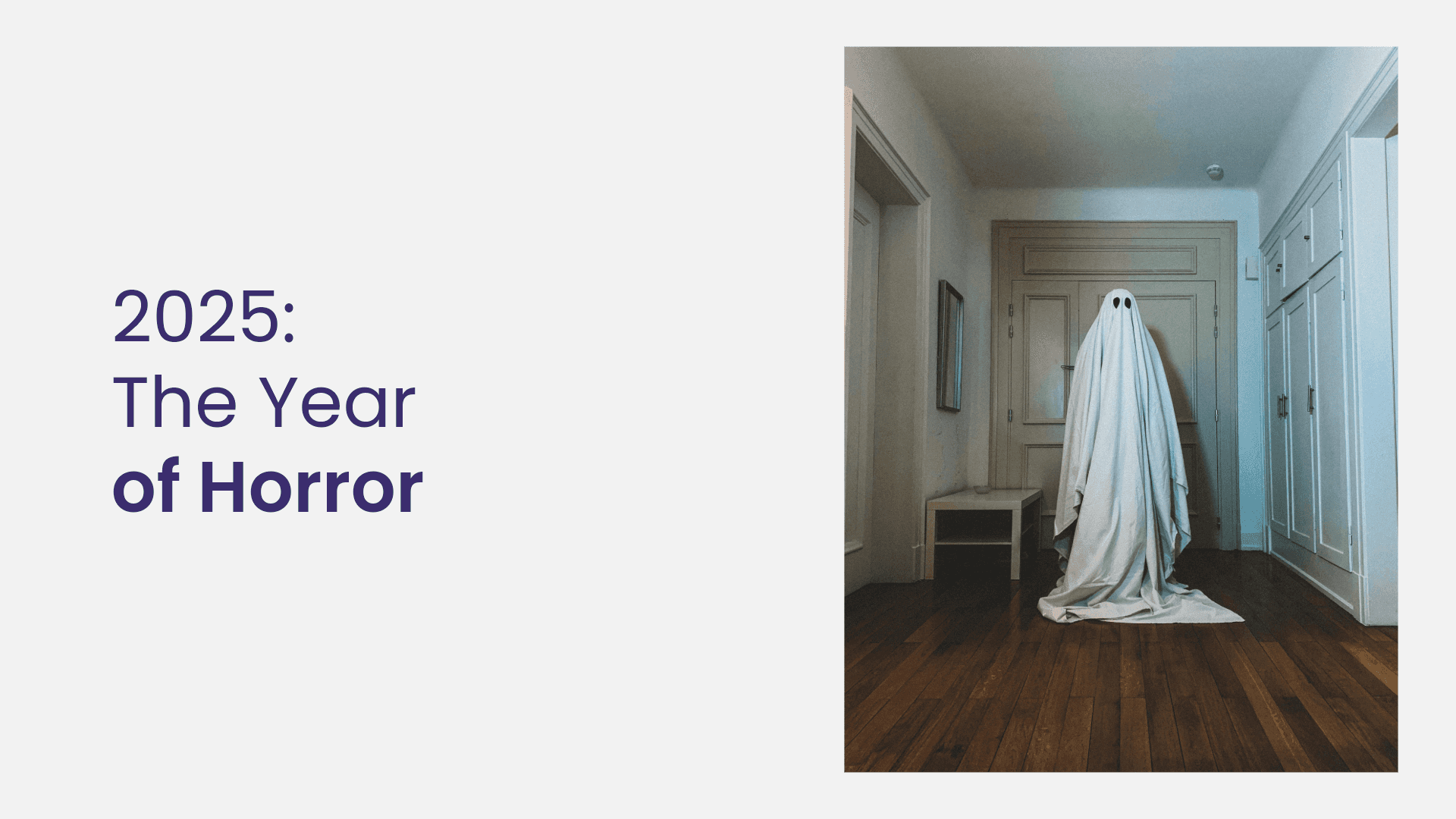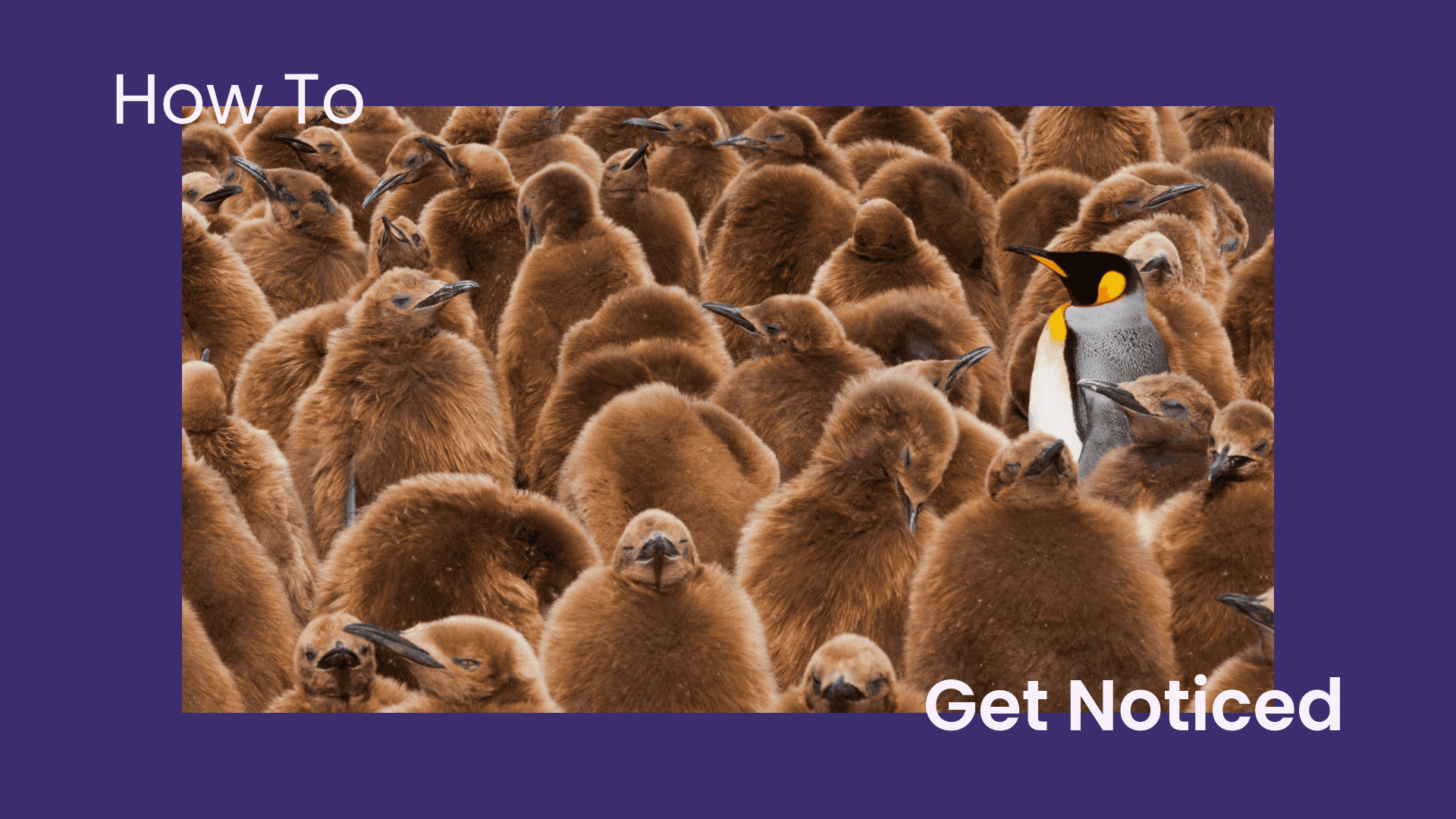
What Can Brands Learn From Marketing At The 2018 World Cup?
Written by Daniel
Can you believe it? The 2018 Russia World Cup has finally come to an end, with France crowned champions for the second time ever. With some of the best goals we’ve seen all year, the controversial introduction of VAR and echoed cries of “it’s coming home” round the whole country, it’s certainly been an entertaining month for us football fans.
But as digital marketers, football isn’t the only thing we look out for at the World Cup. The competition is renowned for its high marketing budgets, with global brands like Coca Cola and McDonalds spending billions of dollars across the last few tournaments.
Like the Superbowl, the World Cup seems to have become a competition for brands’ marketing teams too. From Wish’s endless stream of TV ads featuring Pogba, Neymar, Bale and more to Paddy Power’s VAR advert, there has been some unforgettable campaigns during the Russia World Cup.
We’ve had a look at all of the best (and worst) marketing campaigns from the tournament and shared some of the most important lessons that brands can use for their everyday marketing…
Influencer marketing is the way forward
World Cup-related adverts have always been celebrity-heavy, but this year brands have taken things to new extremes. With Pepsi, Wish and Visa just to name a few, it seems that pretty much every campaign has had some form of influencer involvement.
Whilst it may not seem entirely realistic to get the likes of Neymar or Ronaldo involved in your marketing campaigns, this doesn’t mean influencer marketing isn’t for you. If you have a decent budget, you shouldn’t have any problem with finding relevant influencers that want to work with your brand. But if you’re not having any success with this, you could try working with micro-influencers.
Micro-influencers are simply influencers with a smaller following than your average celebrities, usually with somewhere between 1,000-30,000 followers. They tend to be significantly more affordable to work with than macro-influencers, attract higher engagement rates from a more targeted following and are often far more enthusiastic about working with your brand. Influencer marketing platforms such as Famebit, TRIBE or Revfluence can be great places to find these influencers, but you could also try contacting people directly through Instagram, via email or through their other social channels.
You can still get involved in events with little-to-no budget
Just because you don’t have a huge marketing budget doesn’t mean you can’t make the most of any hype surrounding an event. Nike’s World Cup efforts are a great example of this. Instead of following in the steps of Adidas and shelling out £100m to be an official sponsor of the tournament, the sportswear brand opted for a more strategic approach. Over the years, Nike has built up partnerships with some of the best teams and players in the world. They decided to make the most of this, and it certainly paid off. 65% of the minutes played on-pitch were by athletes wearing Nike boots, 100 goals were scored by players wearing Nike boots and this was the first ever World Cup with an all-Nike final. Although these are nothing more than vanity metrics, this will have done wonders for both brand awareness and general sales.
© The Drum
So what can other brands learn from this? Don’t be scared to get involved in an event just because you have little-to-no marketing budget. With a small budget you could take a similar approach to Nike, working alongside individuals and other brands that are getting involved in the event. For example, maybe there’s an industry exhibition coming up in the near future. Rather than diving straight in and signing up as an official sponsor, why not go for a more strategic approach and sponsor various speakers? Chances are they’ll charge a lot less than the event hosts and they’ll be far more likely to promote your brand, as they won’t have countless other brands to push at the same time.
Even with no marketing budget at all there are countless ways that you can get involved in events. From creating some highly-engaging social media content and jumping on the event hashtag, putting together an event highlights blog post or even coming up with something totally out-of-the-box like Umbro’s ‘How To Make A Hit Football Anthem’ campaign, there are literally hundreds of ways you can get involved. Take the time to sit down with your team and bounce some creative ideas off each other.
Approaching something controversial? Think…then think again…
A lot of brands prefer to avoid controversial subjects in their adverts, and for a good reason. Saying that, some of the most successful campaigns of all time have come off the back of controversy – just take a look at KFC’s ‘FCK’ campaign. But if you are going to do something around a controversial subject, make sure you put some serious thought into it!
Mastercard’s World Cup campaign is a prime example of this. Whilst the brand seemed to have good intentions, offering the equivalent of 10,000 meals to fight childhood hunger for every goal scored by Messi & Neymar, childhood hunger probably isn’t the best subject to play around with. As you can imagine Twitter critics had a field day, with Ian Wright claiming it was the worst marketing he’d ever seen.
Easily the worst marketing I’ve ever seen. This seriously got through the different levels of management, and you all said go ahead
-Ian Wright (@IanWright0)
If you’re going to put out a controversial campaign, make sure that it’s been approved by numerous levels of management. Bear in mind that Twitter trolls will jump on any opportunity they can to take down your brand, so ask yourself ‘is there anything that could be misinterpreted with the campaign?’ And if the answer is yes, it could be wise to either consider an alternative campaign or make sure you have a good excuse. Just like Paddy Power did at the last World Cup with their Amazon rainforest prank; it turned out to simply be a stunt to raise awareness of deforestation of the Amazon Rainforest. This kind of campaign is quite synonymous of Paddy Power too, which is another important factor to consider. If you’re going to be controversial, make sure it actually makes sense for your brand.
There’s no debating that this has been one of the best World Cups yet for both football and marketing. It takes a lot of work to compete on the world’s biggest platform but as both Nike and France proved, it certainly pays off. We hope you’re already preparing your marketing campaigns for Qatar 2022!
Want to discover more digital marketing tips and tricks? Why not sign up to our mailing list for all the latest insights from Flaunt Digital?






